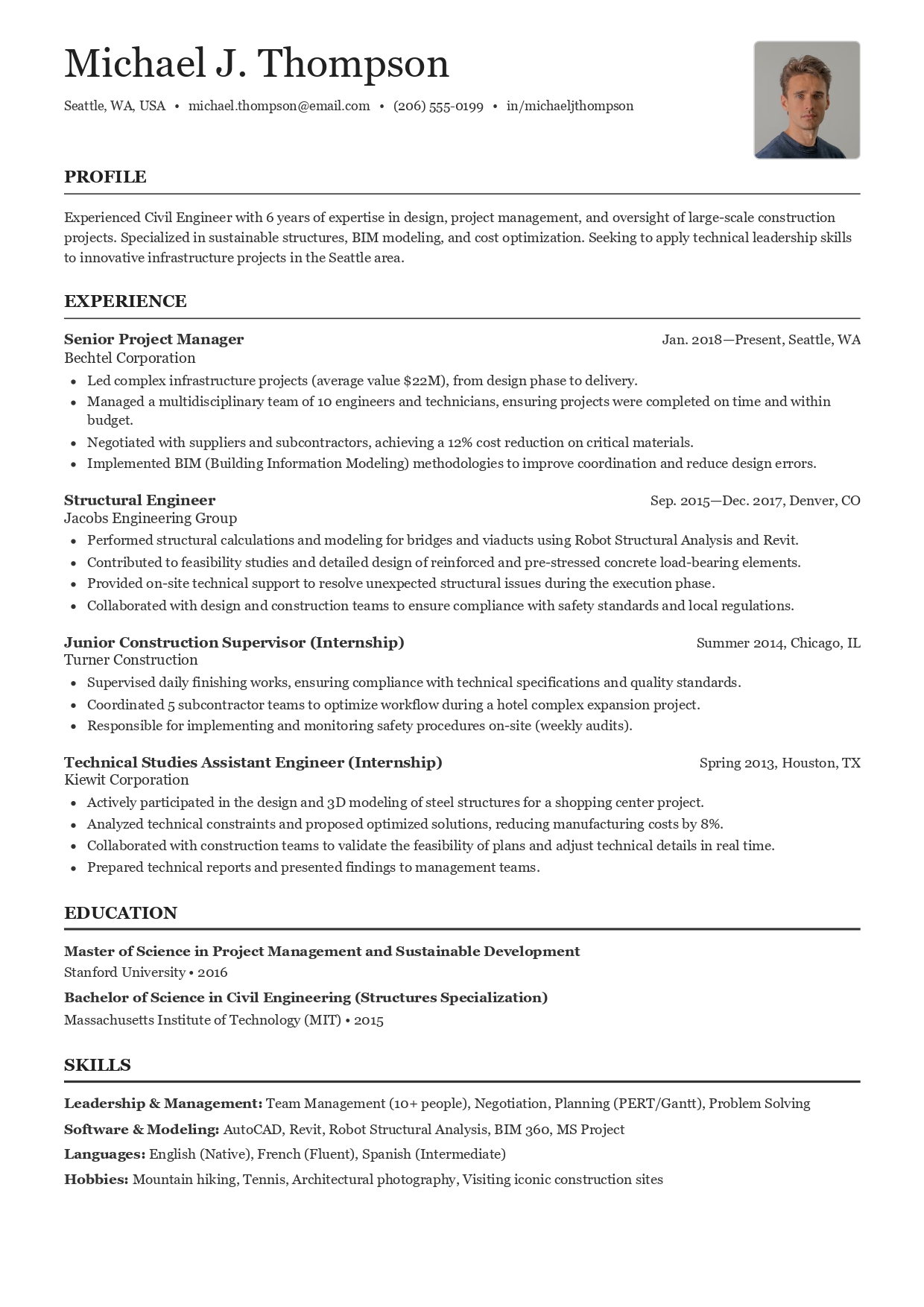Staring at a blank page, wondering how to fill a resume when your work history is... well, short? You're not alone. Writing a student resume is a unique challenge. You're not selling decades of experience; you're selling your potential, your skills, and your drive.
This guide will walk you through every step of creating a compelling student resume that grabs the attention of recruiters and lands you that crucial first internship or job. No experience? No problem. Let's turn your academic projects, volunteer work, and skills into a powerful narrative.
Step 1: Choose the Right Format
Before you type a single word, pick a format. For students, the best choice is often a Reverse-Chronological or Combination (Hybrid) format. This puts your most important asset—your education—right at the top.
- Keep it to one page. Recruiters spend seconds, not minutes, on each resume. Be concise.
- Use a clean, professional font. Stick with classics like Arial, Calibri, or Inter in a 10-12 point size.
- Ensure ample white space. A cluttered resume is an unreadable resume.
Step 2: Start with Your Contact Information
This seems obvious, but mistakes here can cost you an interview. Place this section at the very top of your resume. Include:
- Full Name: Make it large and bold.
- Phone Number: One reliable number.
- Professional Email Address: Use a simple format like `firstname.lastname@email.com`.
- Location: City and State are sufficient. No need for a full street address.
- LinkedIn Profile URL (Optional but Recommended): Customize your URL to be professional.
Step 3: Write a Compelling Resume Objective
Since you don't have a long work history, a Resume Objective is more effective than a summary. This is a 2-3 sentence statement that highlights your career goals and shows how your skills align with the specific job you're applying for.
Example Resume Objective:
Highly motivated and detail-oriented Marketing student at [Your University] seeking an internship at [Company Name]. Eager to apply strong analytical skills, social media knowledge, and a passion for creative campaigns to support the marketing team's goals.
Step 4: Make Your Education Section Shine
For a student, the Education section is your main event. It should be detailed and placed right after your objective. Don't just list your school; sell your academic achievements.
- University Name and Location: List the full name.
- Degree and Major: E.g., "Bachelor of Science in Computer Science".
- Graduation Date: Use "Expected May 2026" if you're still studying.
- GPA: Include it if it's 3.5 or higher.
- Relevant Coursework: List 3-5 upper-level classes that are directly related to the job.
- Honors or Awards: Dean's List, scholarships, academic awards, etc.
Step 5: How to Showcase "Experience" When You Have None
This is the section that causes the most stress, but it's where you can get creative. "Experience" doesn't just mean paid, full-time jobs. Think broader. Use action verbs and quantify your results whenever possible.
Internships & Part-Time Jobs
If you have any, list them here. Even if it was a retail or food service job, focus on the transferable skills you learned, like customer service, time management, and problem-solving.
Example for a Part-Time Job:
Barista, Campus Coffee Shop, Anytown, USA (Sept 2023 - Present)
- Served over 100 customers daily in a fast-paced environment, improving order accuracy by 15%.
- Trained 2 new team members on point-of-sale systems and drink preparation standards.
Academic & Personal Projects
This is your secret weapon. Class projects, coding assignments, or personal passion projects demonstrate your skills in a tangible way. Describe the project, your role, the tools you used, and the outcome.
Example for an Academic Project:
Market Analysis Project, Principles of Marketing Course (Fall 2024)
- Conducted a comprehensive market analysis for a fictional startup, utilizing SWOT analysis and competitor research.
- Developed a 12-month marketing plan and budget, which was selected as a top 3 project in a class of 50 students.
Volunteer Work & Extracurriculars
Did you organize an event for a club? Manage a social media account for a non-profit? These roles show initiative, leadership, and teamwork. Frame them just like a job, with bullet points detailing your responsibilities and achievements.
Step 6: List Your Relevant Skills
Create a dedicated skills section to give recruiters a quick snapshot of your abilities. Break it down into categories to make it easy to read.
- Hard Skills: These are teachable, technical abilities. Examples: Python, Java, Microsoft Office Suite (Excel, Word), Adobe Creative Suite, Spanish (Fluent), Google Analytics.
- Soft Skills: These are interpersonal traits. Examples: Teamwork, Communication, Problem-Solving, Leadership, Time Management, Adaptability.
Pro Tip: Read the job description carefully and include skills that are specifically mentioned. This will help your resume pass through Applicant Tracking Systems (ATS).
Step 7: Proofread, Proofread, Proofread!
A single typo can send your resume to the "no" pile. Don't let a small mistake undermine all your hard work.
- Read your resume out loud to catch awkward phrasing.
- Use a grammar checker like Grammarly.
- Ask a friend, family member, or career services advisor to review it for you.
- Save and send your resume as a PDF file to preserve its formatting. Name the file professionally, e.g., `FirstName-LastName-Resume.pdf`.
By focusing on your potential and strategically presenting your academic and extracurricular experiences, you can create a student resume that stands out and opens doors to exciting opportunities.
